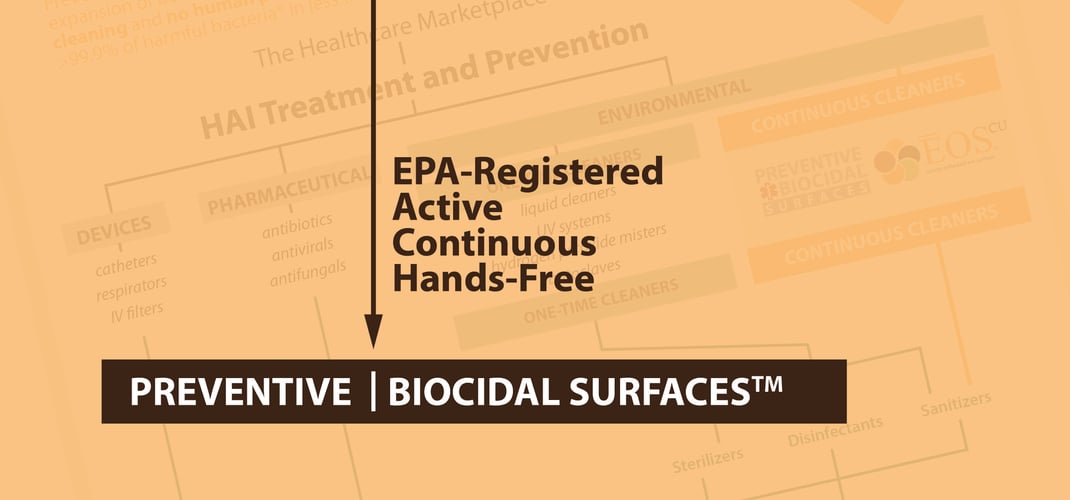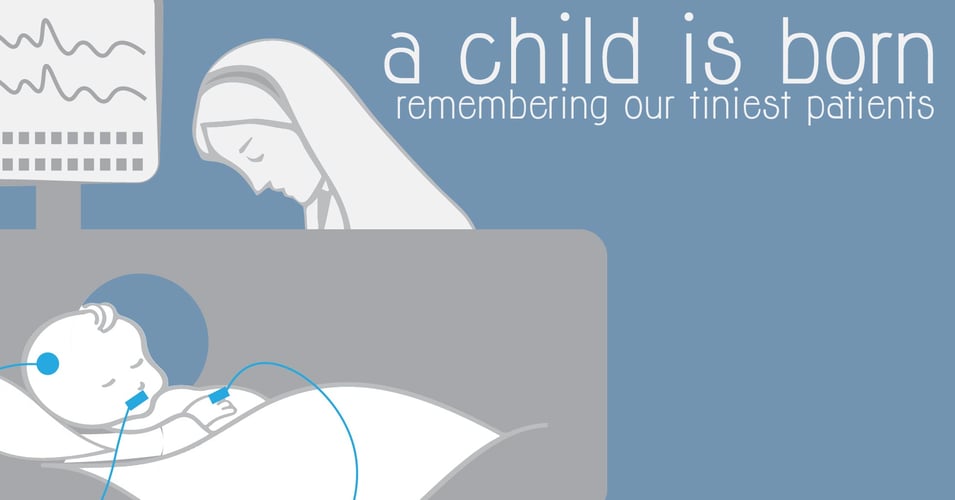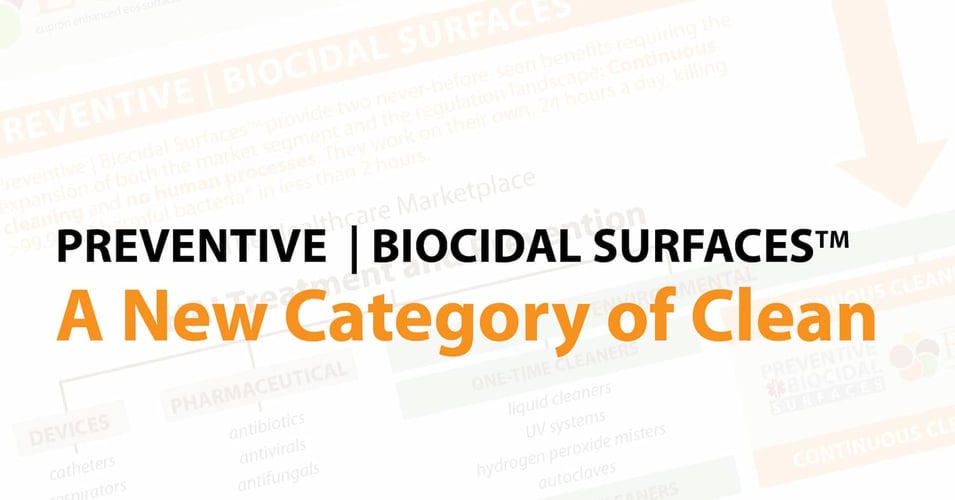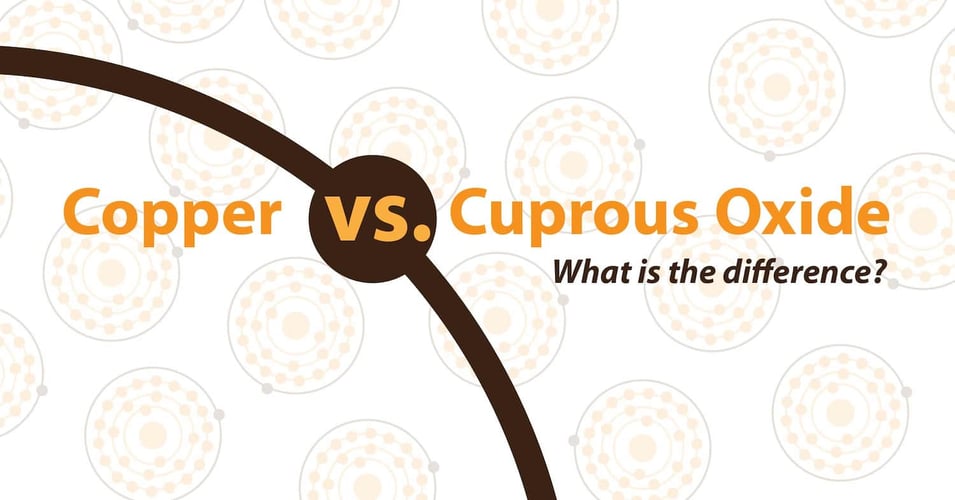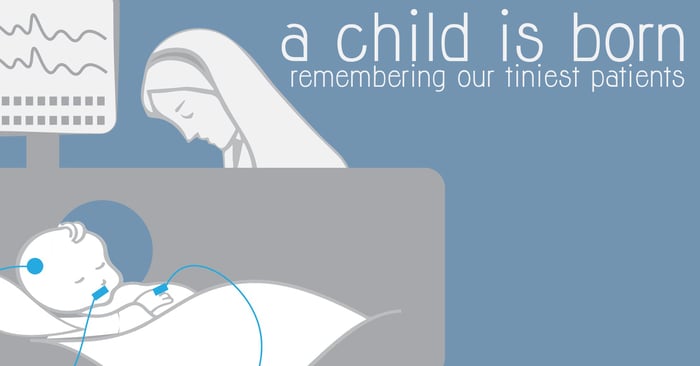What makes a surface a Preventive | Biocidal SurfaceTM? Four critical characteristics: It is registered by the EPA for public health claims. It ...
Preventive Biocidal Surfaces: A Definition in 4 Parts
